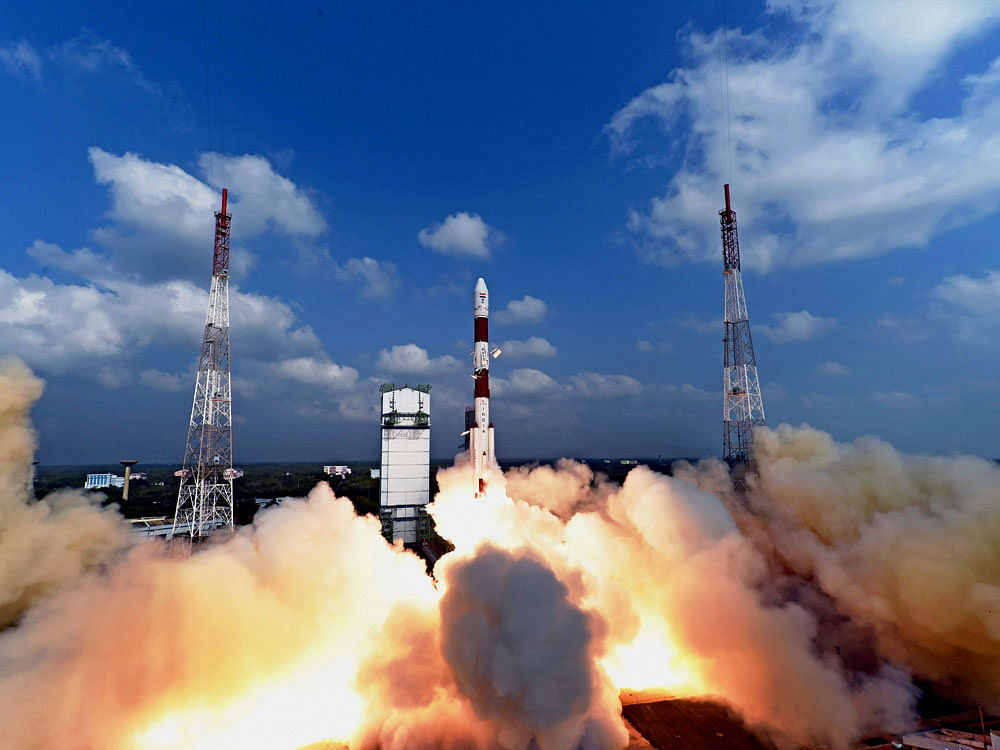
The Union Cabinet on Friday approved Rs 9,023 crore for India's first human spaceflight programme in which three Indians would be sent into space in an Indian capsule atop an Indian rocket.
Under the ambitious Gaganyaan programme, the Indian Space Research Organisation would send three flights – two unmanned and one manned – into space by 2022. The unmanned flights would precede the manned one.
The Union Cabinet approved the just-under-Rs 10,000 crore budget in a late evening meeting on Thursday.
“The first manned flight would be in 40 months,” Union Law Minister Ravi Shankar Prasad said on Friday while briefing reporters on cabinet decisions.
The budgetary approval comes four and half months after Prime Minister Narendra Modi made the surprise announcement from the ramparts of the Red Fort on August 15.
“A human-rated GSLV Mk-III (rocket) will be used to carry the orbital module, which will have necessary provisions for sustaining a 3-member crew for the duration of the mission, which could be a maximum of seven days,” said a statement issued by the Cabinet.
The necessary infrastructure for crew training, the realisation of the flight systems and ground infrastructure will be established to support the programme for which, ISRO will collaborate extensively with national agencies, laboratories, academia and industry, it adds.
ISRO chairman K Sivan had earlier told DH, “The schedule is very tight, but it's a challenge to work in tight schedules. Its a matter of national prestige.”
ALSO READ
According to the plan drawn up by the space agency, it will take about 16 minutes for Indian astronauts to reach the low earth orbit at an altitude of 400 km, where they would spend a week carrying out micro-gravity experiments before returning to the Earth in their crew module that would splash down in the Arabian Sea.
Over the years, ISRO designed and developed the crew module and technologies that are required for the escape system, payload recovery, life support and to keep the astronauts safe in zero gravity conditions in space.
All such technologies needed to be tested repeatedly to make them almost fail-proof because of the involvement of human lives, ISRO sources said.
So far, the only Indian astronaut was Sq Leader Rakesh Sharma, who in April 1984 flew to space in the Soviet shuttle Soyuz T 11 to Salyut 7 space station.
Continuing with the same spirit of collaboration, in October 2018, ISRO signed a Memorandum of Understanding with the Federal Space Agency of Russia ‘ROSCOSMOS’ on Joint Activities in the field of Human Spaceflight Programme.
The Cabinet statement, however, is silent on ISRO's international collaboration on the manned mission.
“Gaganyaan programme will be a national effort in collaboration with industry, academia and other scientific agencies and laboratories as stakeholders along with ISRO, which will be responsible for realising the flight hardware through the industry,” says the statement.